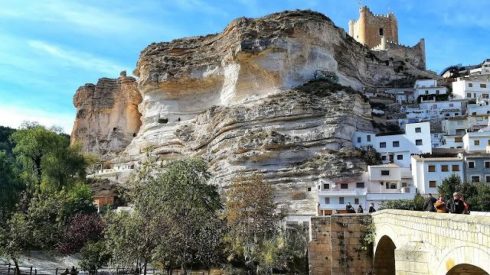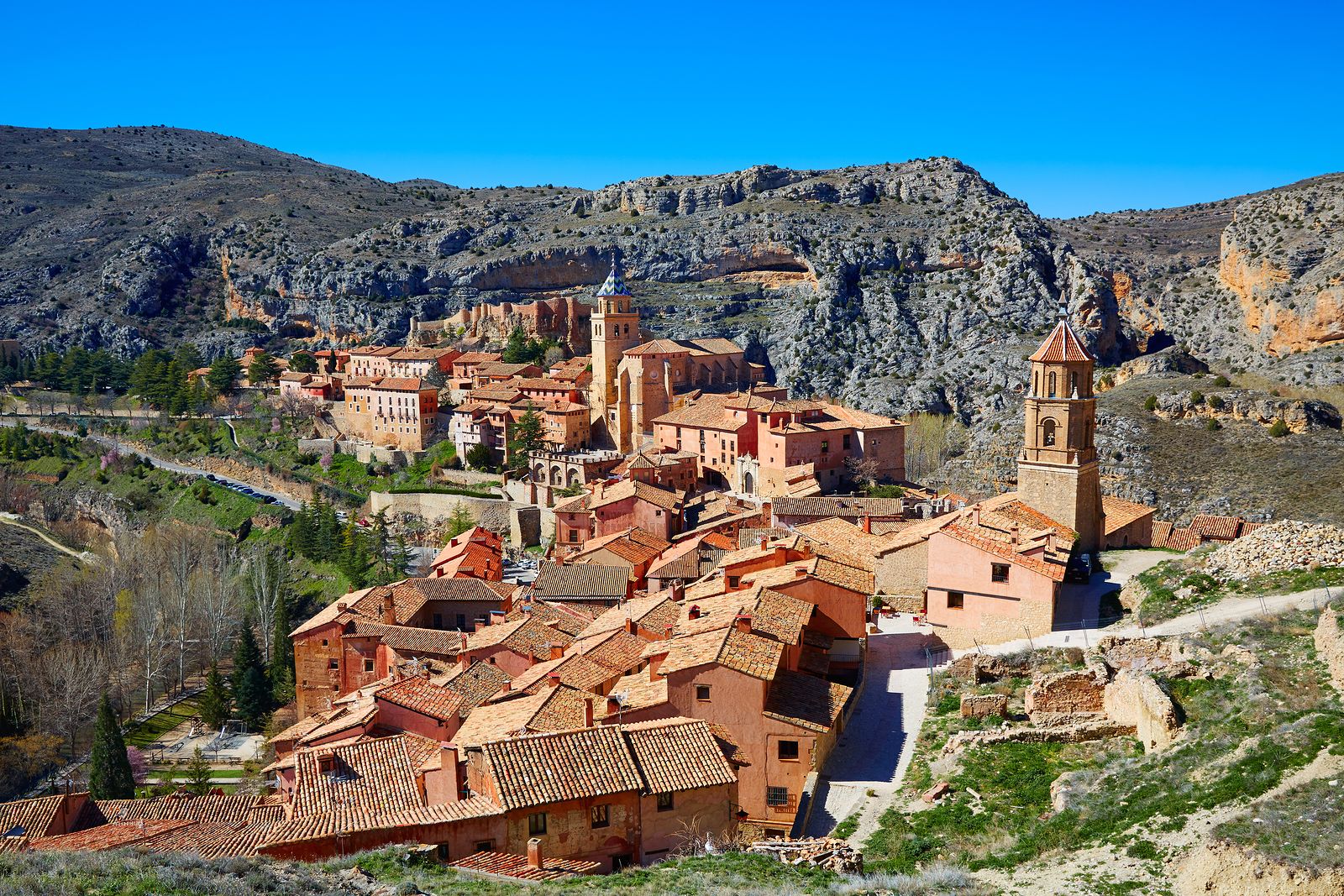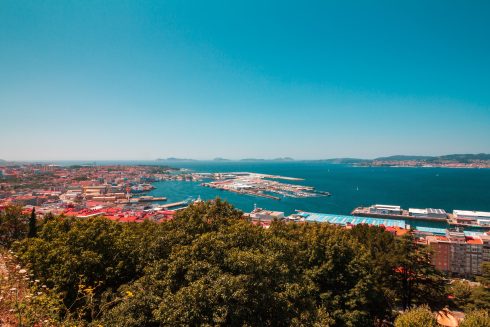Osuna, Sevilla
The city of Sevilla generally grabs all the glory but the gorgeous ancient town of Osuna, one hour’s drive east from the capital, does not deserve to remain in its shadow.
It was dubbed Urso by the Romans who left behind a quarry, theatre and necropolis, which are all still visible today.
Meanwhile its Archaeological Museum in the Torre del Agua on Plaza Mayor, tells the story of its many years under Islamic rule.
Other artefacts from that era include the still-standing walls from the Alcazaba fortress and the unmissable collegiate church on Plaza Encarnacion.
Dating from 1531, this jewel of a church is a showcase to baroque architecture and houses a world class collection of art from the 16th to 18th centuries.
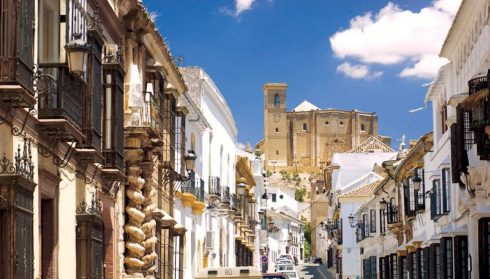
Sierra de Gata, Extremadura
If you’re a campo lover at heart you’ll be in your element in the Sierra de Gata.
Nestled in a corner of the Extremadura region, the rolling hills are dotted with a collection of picture perfect white towns that will transport you back in time to a much simpler Spain.
Santibanez el Alto, perched on a hill some 650 metres above sea level, has been standing since the 9th century. Rumour has it that this delightful pueblo was established by a French woman who fled to Spain from persecution at home.
These vertiginous villages are populated by just a few hundred people at the most and ooze oodles of charm with their cobbled, narrow streets, stone houses and scattering of ancient ruins.
If driving, steer clear of the tight-fitting streets in town centres and don’t be alarmed to see many of them named after the dictator Franco.
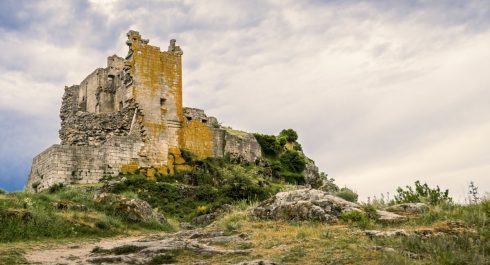
Albarracin, Aragon
This ancient village in Aragon was recently named among Spain’s most beautiful and it’s easy to see why.
The town is a masterclass in pretty with its red-washed buildings seamlessly etched into the mountainside since the 12th century.
WIth less than 1,000 inhabitants, Albarracin was declared an official National Monument in 1961 while its surrounding red sandstone cliffs make it a popular rock climbing destination.
The town is a historic site in its own right but while you’re there, don’t skip the outer city defense walls (Murallas de Albarracin), constructed by Muslim rulers in the 900s.
Other must-sees include the stunning 16th century Catedral de Albarracin and the quirky Casa de Julianata, a (tiny) home in the centre of the citadel standing since the 1300s.
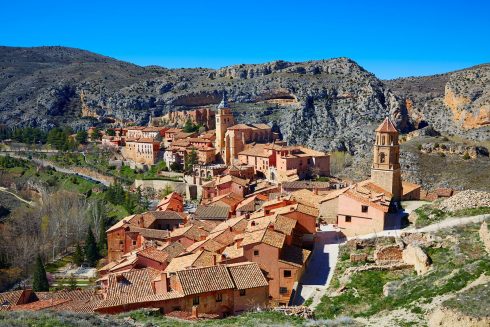
Cuenca, Castile- La Mancha
Famous for its ‘casas colgadas’ – hanging houses cantilevered over the cliffs as if clinging by a thread – the Romans ignored Cuenca but the Moors saw it as highly strategic.
Following their successful invasion in 714, they quickly built a fortress, named Kunka, straddling two gorges between the Jucar and Huecar rivers.
The location was secured by a surrounding kilometre-long wall, allowing an agricultural and manufacturing city to grow and thrive.
Today its breathtaking beauty is preserved as a UNESCO World Heritage Site.
Don’t miss the impressive Cuenca Catedral, originally built between 1182 and 1270 and restored in 1902, and the 16th century Bridge of St Paul for panoramic views of the citadel.
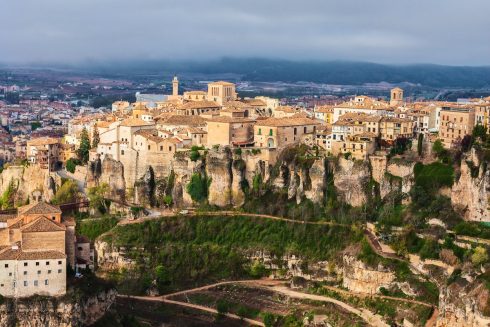
Alcala del Jucar, Albacete
This unassuming but striking town was only deemed an official site of historical importance in 1982.
Like much of Spain, it has seen invasions by Muslim, Christian and Catholic rulers alike who all left behind valuable mementos of their empires.
The Castillo de Alcala del Jucar is just one of these treasures, built by Arab settlers in the 12th and 13th centuries on a hilltop, providing a strategic vantage point over the entire town.
Don’t miss the quirky bullring whose irregular shape makes it a global one of a kind.
